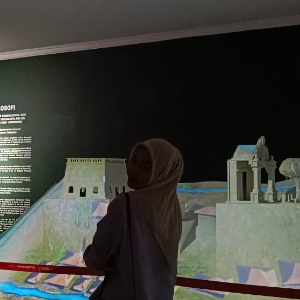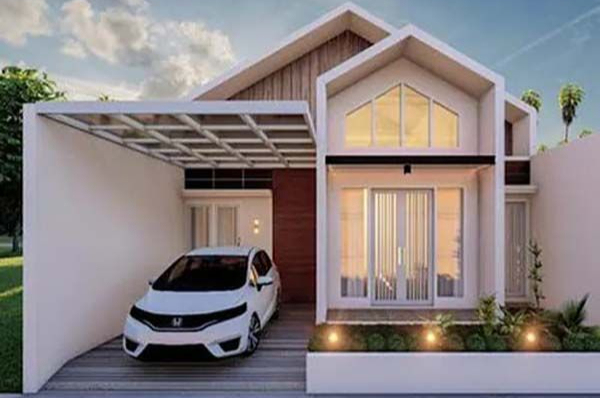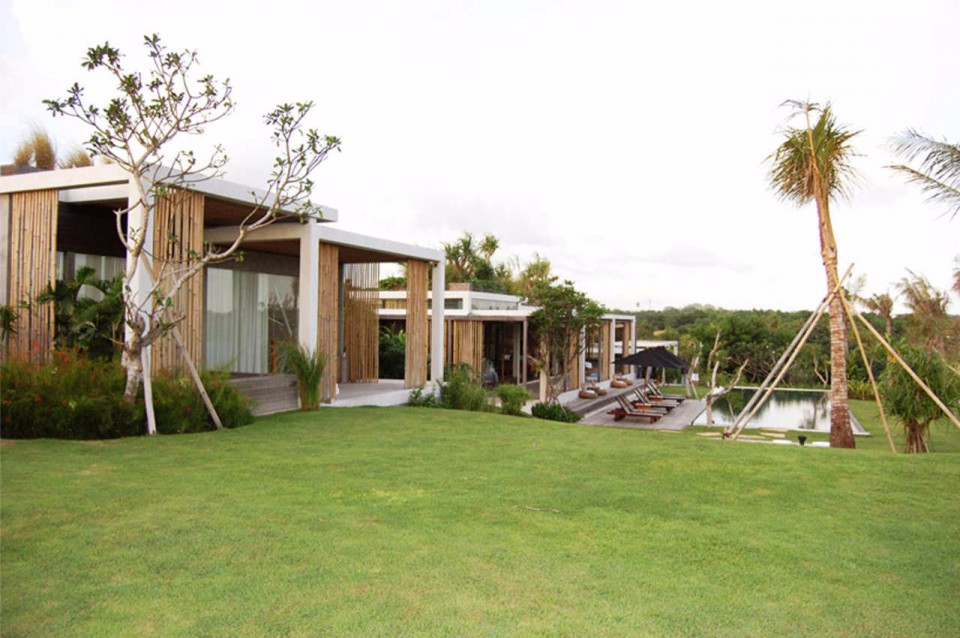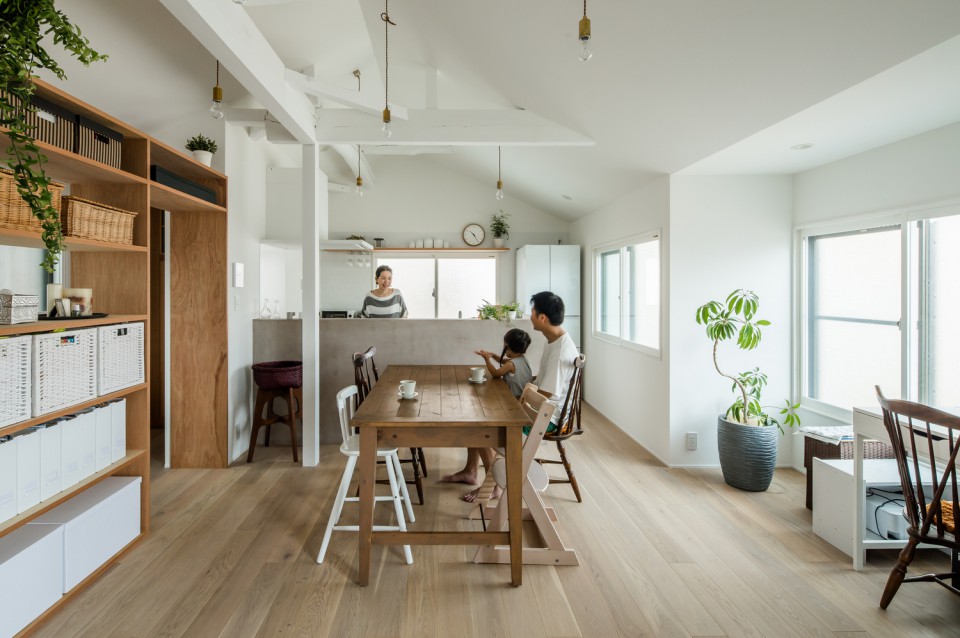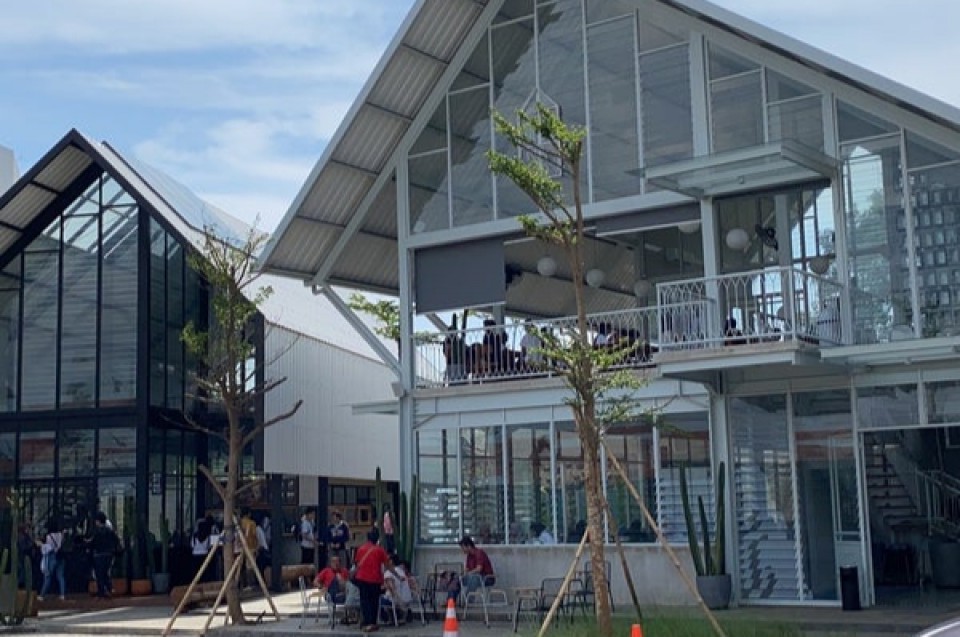Advantages of Roster Walls for Cooler and More Comfortable Living
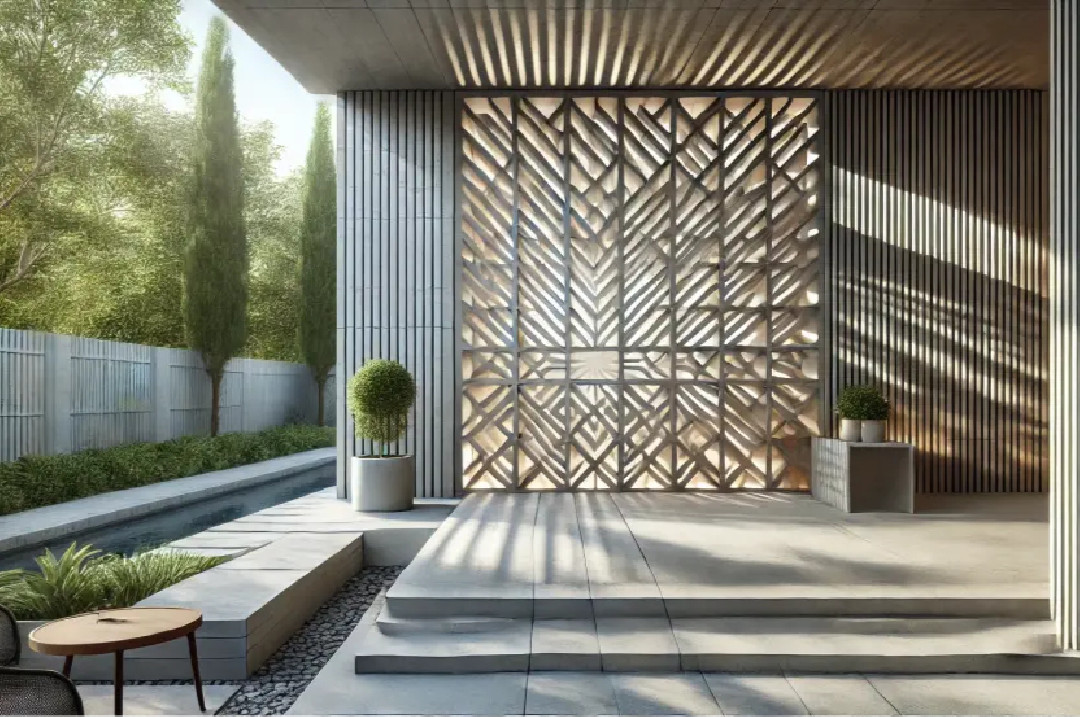
Ventilated block walls, also known as breeze blocks or screen blocks, have become increasingly popular for modern homes, especially in hot and humid climates. These walls, characterized by their open design with cut-out patterns, help regulate airflow within a room, maintain a comfortable indoor temperature, and bring unique aesthetics to any space. The design of ventilated blocks allows fresh air to circulate while letting warm air escape, reducing the need for air conditioning. Additionally, these walls allow natural light to enter softly, cutting down on artificial lighting needs and creating beautiful light-and-shadow patterns. As sustainable building practices gain popularity, ventilated block walls offer an attractive solution for creating comfortable, energy-efficient homes that are in harmony with the environment.
Types of Materials for Ventilated Block Walls and Their Characteristics
Ventilated block walls come in various materials, each with distinct characteristics that influence appearance, durability, and functionality in different environments. Selecting the right material is essential to match both the architectural style and climate.
1. Concrete Blocks

- Characteristics and Advantages: Concrete is the most common material for ventilated blocks due to its durability and resistance to weather extremes. This material is ideal for outdoor applications, like exterior walls, and can be molded into various shapes and patterns, making it suitable for minimalistic or industrial designs. Concrete blocks are also relatively inexpensive, making them a popular choice for projects on a budget.
- Disadvantages: Concrete blocks are relatively heavy, requiring a strong supporting structure. The gray, plain color may also not suit everyone’s taste, especially if a more vibrant or artistic look is desired. Over time, concrete may need extra maintenance in humid areas to prevent mold and cracks, which can affect the wall’s appearance and stability.
2. Clay Blocks

- Characteristics and Advantages: Clay blocks, with their natural brown or reddish tones, offer a warm and rustic aesthetic, making them ideal for tropical or traditional home designs. They blend well with natural surroundings and help create a cozy ambiance. Clay blocks also provide effective thermal insulation, helping to stabilize indoor temperatures.
- Disadvantages: Compared to concrete, clay blocks are more fragile and can crack under extreme temperature changes or physical impact. They are also highly porous, meaning they can absorb moisture, which may lead to mold or moss growth in humid or rainy environments. Therefore, clay blocks installed outdoors require a protective coating, which can increase maintenance costs.
3. Ceramic Blocks

- Characteristics and Advantages: Ceramic blocks are highly valued for their aesthetic appeal, available in various colors, patterns, and textures. They create an elegant look that’s ideal for modern or contemporary homes. Ceramic blocks also reflect light effectively, enhancing natural lighting in indoor spaces. Additionally, their smooth surface makes ceramic blocks easier to clean.
- Disadvantages: Ceramic blocks are typically more expensive than concrete or clay blocks, making them less ideal for budget-conscious projects. They are also more prone to cracking or breaking if subjected to heavy impact, so they’re less suited for outdoor spaces exposed to strong winds or frequent physical contact. Ceramic blocks require meticulous installation to ensure stability and longevity.
Advantages of Ventilated Block Walls in Enhancing Home Comfort
Ventilated block walls offer numerous advantages, making them an ideal choice for creating cooler, more comfortable living spaces:
1. Enhanced Airflow: The open structure of ventilated block walls allows fresh air to circulate freely throughout the room, which is especially beneficial in hot climates. By promoting effective air circulation, these walls naturally cool the space, reducing the need for excessive air conditioning and saving on energy costs. This feature is not only environmentally friendly but also contributes to a healthier living environment.
2. Soft Natural Lighting: Ventilated block walls allow sunlight to enter a room without being overly bright or direct. This natural lighting is perfect for creating a bright and welcoming atmosphere during the day without the need for artificial lights. Additionally, the light patterns created by the wall’s design add visual interest, enhancing the room’s aesthetic appeal.
3. Unique Aesthetic and Decorative Value: One of the main advantages of ventilated block walls is their unique and distinctive appearance. With various patterns and designs available, these walls can serve as decorative features that add personality and style to both interior and exterior spaces. Many homeowners choose ventilated blocks as a focal point in their architectural design, using them to create intriguing shadow patterns when exposed to light.
4. Energy Efficiency: By naturally regulating airflow and providing ample natural lighting, ventilated block walls reduce the reliance on electrical appliances like air conditioners and lights. This makes the home more energy-efficient and eco-friendly, as well as reduces monthly utility costs. For homes that prioritize sustainable design, ventilated blocks are a practical architectural choice.
Disadvantages and Challenges of Using Ventilated Block Walls
Despite their many benefits, ventilated block walls also come with some drawbacks and challenges that need consideration:
1. Higher Maintenance Requirements: Due to their open design, ventilated block walls can easily accumulate dust, dirt, leaves, and even insects, especially when installed in open or garden areas. The buildup of debris can obstruct airflow and compromise the wall’s appearance. Regular cleaning is necessary to keep the blocks clear, which can be time-consuming, especially for walls with intricate patterns. Additionally, mold and moss can grow in humid climates on materials like concrete and clay, making regular upkeep essential.
2. Limited Privacy: Ventilated block walls offer limited privacy due to their open structure, allowing visibility from both sides. This could be a concern for areas where privacy is crucial, like bedrooms or bathrooms. To maintain privacy while using ventilated blocks, some homeowners add additional elements like climbing plants, sheer fabrics, or lattice structures. However, these additions may reduce airflow and impact the wall’s cooling effect.
3. Planning and Installation Requirements: Not all parts of a home are suitable for ventilated block walls. For example, rooms that require complete privacy, like bathrooms or bedrooms, may not benefit from this wall style. Ventilated blocks are also not ideal for locations exposed to extreme weather, as prolonged exposure to heavy rain and high winds can increase wear and tear. Planning and strategic placement are essential to maximize their benefits without compromising on functionality or comfort.
4. Variable Durability Depending on Material: The durability of ventilated block walls varies significantly depending on the material used. Concrete blocks are generally the most durable but may require additional structural support due to their weight. Clay blocks offer a unique look but are prone to damage from physical impacts or harsh weather conditions, while ceramic blocks provide a refined look but can crack or break easily. Choosing the right material is essential based on the location, desired aesthetic, and structural requirements.

